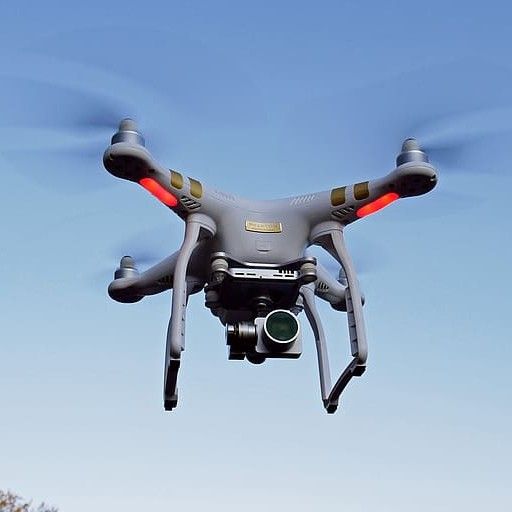Drones have become an increasingly popular and versatile tool in various industries, from photography and videography to agriculture and surveying. As technology continues to advance at a rapid pace, the capabilities of drones are evolving as well. In this article, we will explore the latest trends in drone technology and how they are shaping the future of this exciting industry.
Autonomous Flying
One of the most significant advancements in drone technology is the development of autonomous flying capabilities. This allows drones to navigate and fly without direct human control, making them ideal for various applications such as aerial mapping, surveillance, and even delivery services. Companies like DJI and Skydio are leading the way in this technology, with drones that can autonomously avoid obstacles, follow a subject, and plan their flight path with precision.
Extended Flight Time
Another trend in drone technology is the development of longer flight times. In the past, drones were limited by their battery life, but new advancements in battery technology have made it possible for drones to fly for extended periods without needing to recharge. This is particularly beneficial for applications that require drones to cover large distances or perform tasks that take a significant amount of time, such as search and rescue missions or monitoring wildlife.
Improved Camera Technology
Camera technology is another area where drones are seeing significant advancements. High-resolution cameras, improved stabilization systems, and the ability to capture high-quality video and images in various lighting conditions are just some of the features that are now available on drones. This has opened up new opportunities in fields such as filmmaking, real estate, and virtual tourism, where drones can capture stunning aerial footage with incredible detail.
Integration of AI and Machine Learning
AI and machine learning are revolutionizing the capabilities of drones, allowing them to perform more complex tasks with greater efficiency. Drones can now analyze data in real-time, identify objects, and even make decisions autonomously based on pre-programmed algorithms. This is particularly useful in applications such as precision agriculture, where drones can scan crops, identify areas that need attention, and even apply treatments or fertilizers with precision.
Regulatory Changes
As drone technology continues to evolve, so do the regulations governing their use. Governments around the world are recognizing the potential of drones and are implementing new rules and guidelines to ensure their safe and responsible operation. This includes licensing requirements, restrictions on where drones can fly, and guidelines for privacy and data protection. It is essential for drone operators to stay informed about these regulations to avoid legal issues and ensure compliance with the law.
Conclusion
In conclusion, the latest trends in drone technology are shaping the future of this exciting industry in ways we could have never imagined. From autonomous flying capabilities to improved camera technology and the integration of AI and machine learning, drones are becoming more versatile and powerful tools for a wide range of applications. It is essential for professionals in the tech industry to stay informed about these trends and advancements to make the most out of this amazing technology. As we look to the future, the possibilities for drones are truly endless, and we can expect even more groundbreaking innovations in the years to come.
